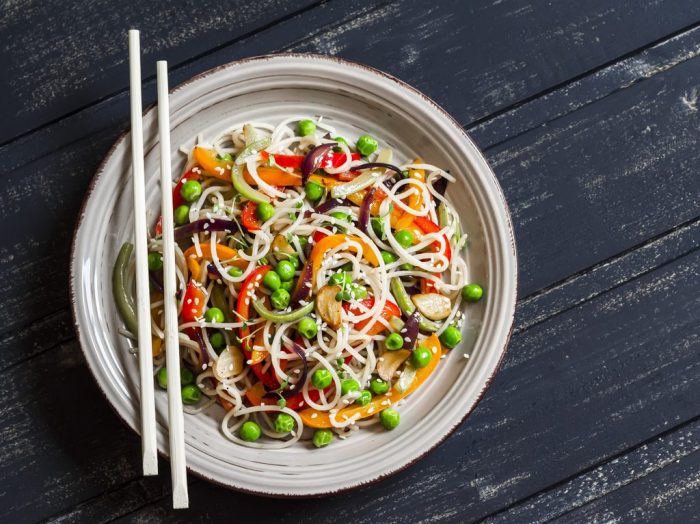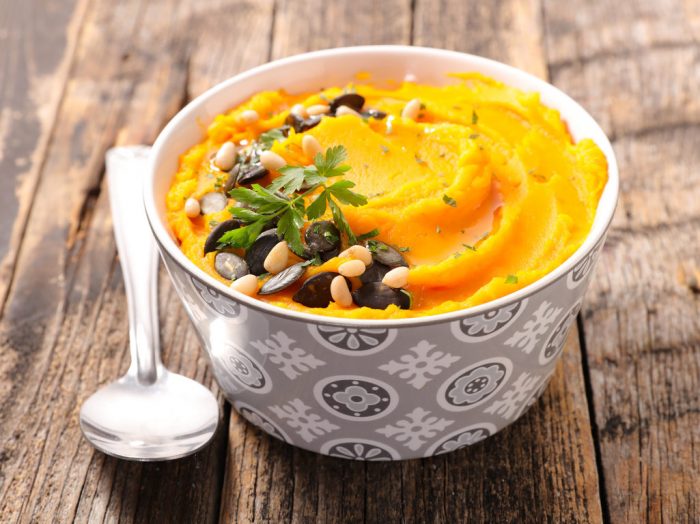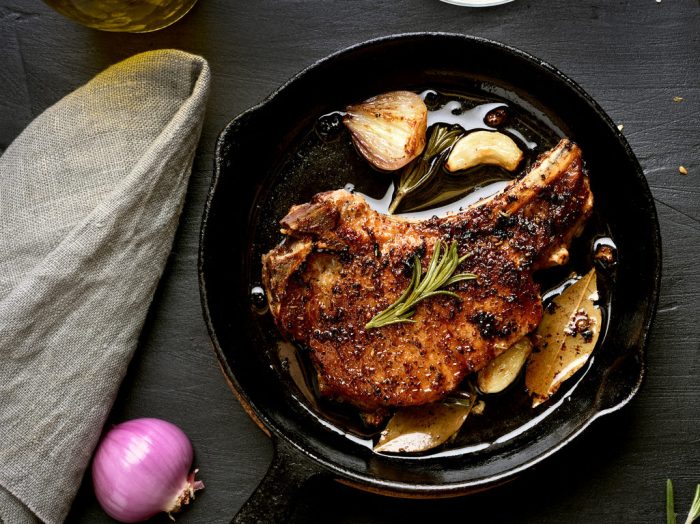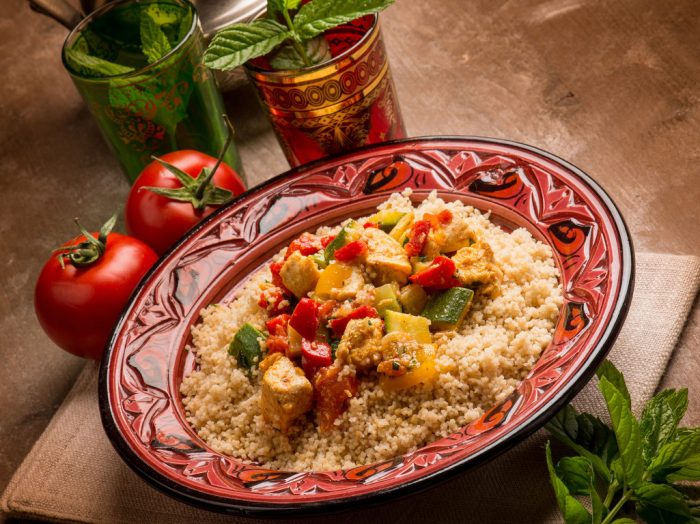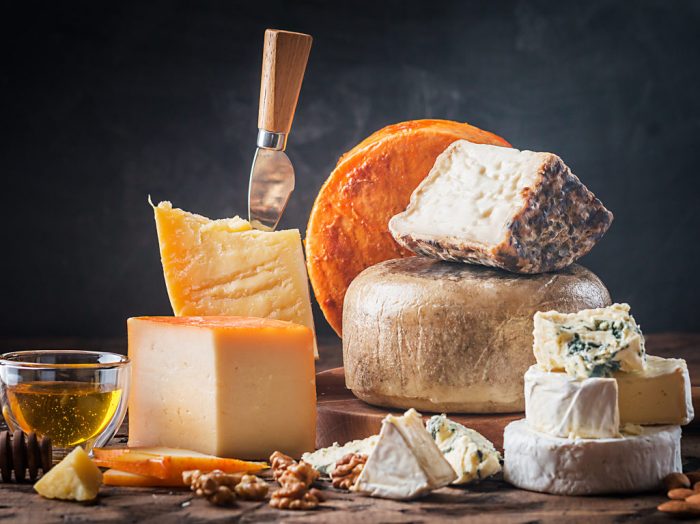Rice noodles and pasta are two very popular products. Ever since we’ve gone so ‘worldly’ in our own kitchens, these products are popular everywhere in the world. But what’s the difference between rice noodles and pasta when it comes to nutritional values? Let’s find out.
I have been having a lot of fun lately in the kitchen by trying to make all the classical pasta recipes by substituting the actual pasta with rice noodles. And after plenty of experimentation, I’ve gotten to love rice noodles Carbonara way more than the usual spaghetti Carbonara. I enjoy the different texture of the dish and the variations in taste. But let’s put that aside for a second and see what’s the difference between rice noodles and pasta on a nutritional level.
Because rice noodles do not contain gluten, this means that they’re a perfect substitute for pasta lovers who have celiac disease, a sensitivity to gluten, or an aversion to gluten that made them eliminate this from their diet.
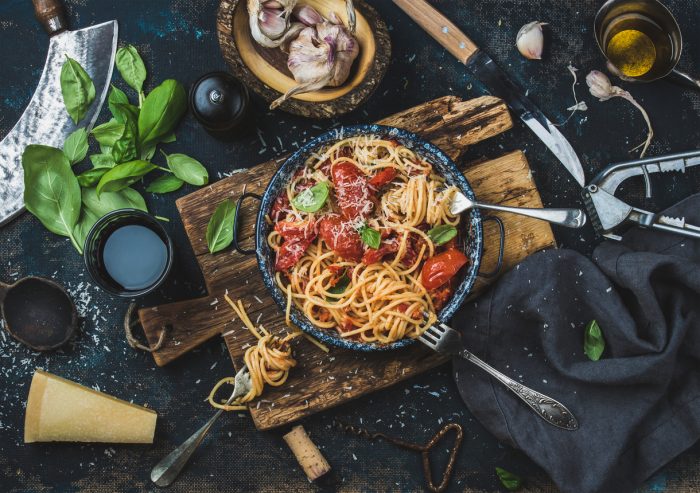
The difference between rice noodles and pasta
1. Similar calorie count and fat content
Rice noodles and regular pasta are similar in calorie and fat content. Rice noodles have 96 calories per half a cup, and pasta has 111 calories. They’re both pretty mellow when it comes to the fat content. Regular pasta has about 0.65 grams of fat in every half a cup, but rice noodles have even less fat: 0.15 grams. And this fat is of the unsaturated variety, which is healthy for you.
2. More vitamins, minerals, and nutrients in pasta
When it comes to vitamins, enriched regular pasta has the upper hand over rice noodles. It contains added iron, thiamin, niacin, riboflavin, and folic acid. The biggest difference between rice noodles in pasta is when it comes to folate. Regular pasta has about 83 micrograms of folate, while rice noodles have about 3 micrograms per serving. So, if you’re pregnant, you should have plenty of pasta, because folate has a great importance in the health of a developing fetus.
Regular pasta also has about 10 times more thiamin and riboflavin, not to mention twice as much niacin as rice noodles.
Pasta contains about 4 percent of the recommended daily value (RDV) of iron because it’s enriched with it. That is a whopping 8 times more than the iron in noodles. But pasta also wins out when it comes to the calcium, magnesium, phosphorus, potassium, and zinc it has.
And it’s important to eat foods rich with these minerals because they have a hand in regulating blood pressure, the functions of muscles, supporting your immune system, keeping your bones strong, and so many more!
Try to make this sesame shrimp with rice noodles dish and you’ll thank us!
3. Regular pasta wins over protein
The difference between rice noodles and pasta when it comes to protein is pretty staggering. Regular pasta has 4.06 grams per half a cup, while the same amount of rice noodles has 0.8 grams.
The two types of noodles are quite similar when it comes to fiber and carbs. Regular pasta has 21.6 grams of carbohydrate, while rice noodles about 21.91. Finally, when it comes to fiber, regular pasta has about 1.3 grams of fiber, as opposed to the 0.9 grams of rice noodles.
Now that you know what you’re getting into with pasta and rice noodles, here are plenty of recipes you can get inspiration from!

